Plant landscaping | Plant configuration for private gardens in the Ming and Qing dynasties
Source/Private Garden Research Center (ID: sjhysj)
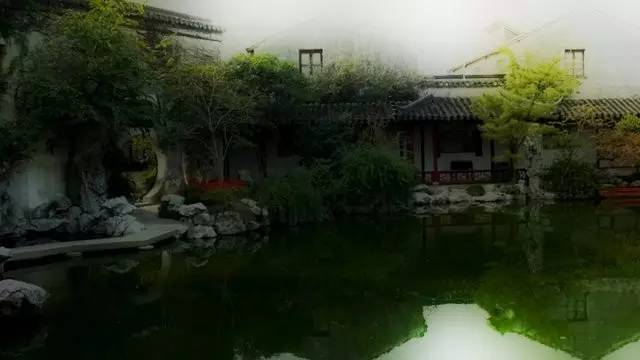
The concept of advocating nature originates from the philosophy of Laozi and Zhuangzi, which is about escaping from reality, staying away from a society full of struggles, and pursuing a natural, appropriate, indifferent, peaceful life interest and a life philosophy of inaction. This life philosophy is reflected in the aesthetic taste, which is the pursuit of a quiet and elegant, romantic and elegant demeanor, simple and unpretentious temperament and sentiment that is unique to literati, and even hiding in the mountains and forests, returning to nature, and looking for the comfort and resonance of the unity of man and nature.
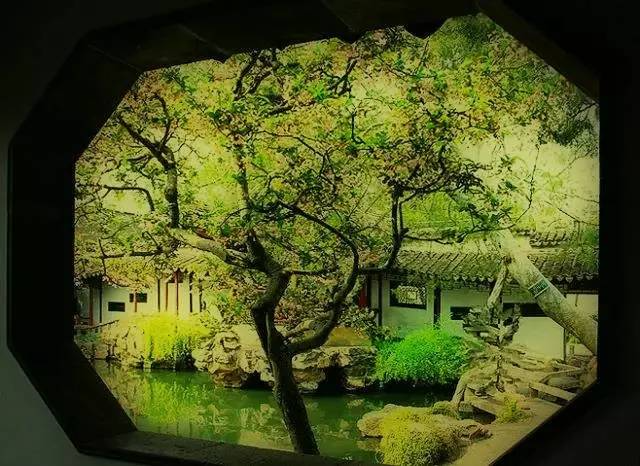
Classical gardens were created under the support and influence of this philosophical system. Looking at the history of gardening, it is not difficult to find that plants are an indispensable element in the artistic conception of classical gardens, especially private gardens. With the development of the times, the materials for gardening are constantly enriched and developed. The scale of gardens varies, but they are inseparable from plants, an important element of landscape.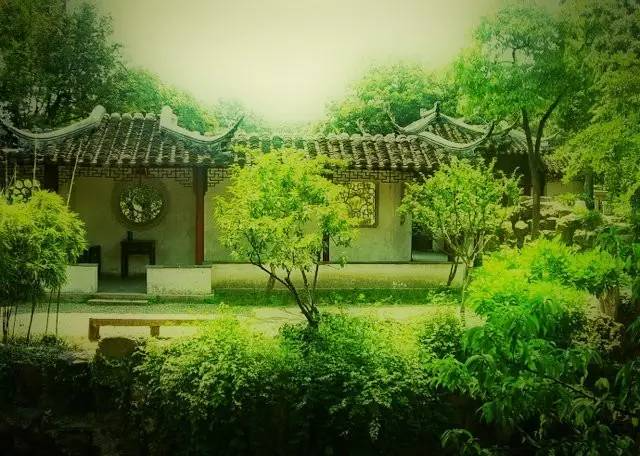
The formation of many landscapes in private gardens of Ming and Qing Dynasties is directly related to the reasonable configuration of plants. For example, the loquat garden, Yuanxiang Hall, Magnolia Hall, Liuting Pavilion, Tingyu Pavilion, etc. in the Humble Administrator's Garden are all directly themed on viewing flowers and trees, and they indirectly express their feelings through the posture of flowers and trees. Classical gardens are not only a visual art of appreciation, but also involve hearing and smell. Wind and rain are silent, but only when the wind blows other objects and the rain hits the ground can they make sounds. The clever combination of plants, wind and rain in the garden can more vividly express the charm of the sound of wind and rain. The "Liuting Pavilion" in the Humble Administrator's Garden can appreciate Li Shangyin's sentiment of "leaving the withered lotus to listen to the sound of rain", and it also reflects the "listening to rain" function of lotus leaves; "Tingyu Pavilion" takes the meaning of "rain hitting banana leaves", and also uses the sound effect of rain hitting banana leaves to render the atmosphere of rain scenes; the fragrance makes people feel refreshed physically and mentally. Using fragrant flowers for garden landscaping can also please the nature and mood and double the fun of traveling. The "Smell the Osmanthus Fragrance" of Suzhou's Liuyuan Garden is named after the sweet-scented osmanthus (which is called "Osmanthus fragrans" by Suzhou people) that "sends its fragrance to the heaven three times in autumn". When it blooms, the fragrance is overwhelming and the artistic conception is very elegant. All these can be transformed into poetic artistic conception in the garden and deeply affect people.
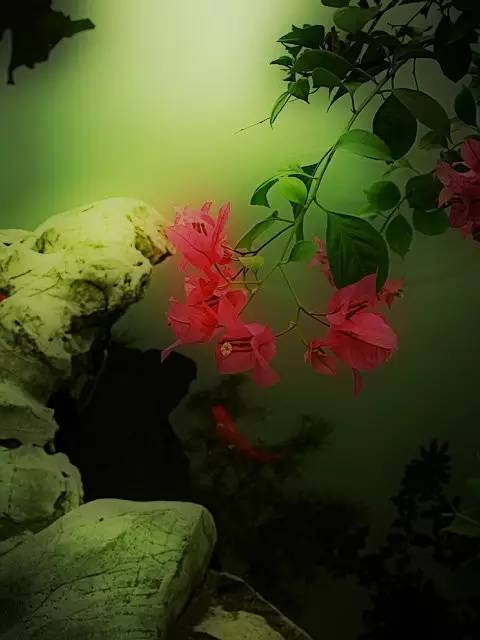
Classical gardens use the posture of garden plants, seasonal changes and other natural and artificial elements, and combine their own culture and technology to create the unique artistic conception of classical gardens. The plant configuration in classical gardens truly achieves "adapting to local conditions": according to different occasions and specific conditions, it is organically combined with the major gardening elements of mountains, water and architecture to create a beautiful contrast .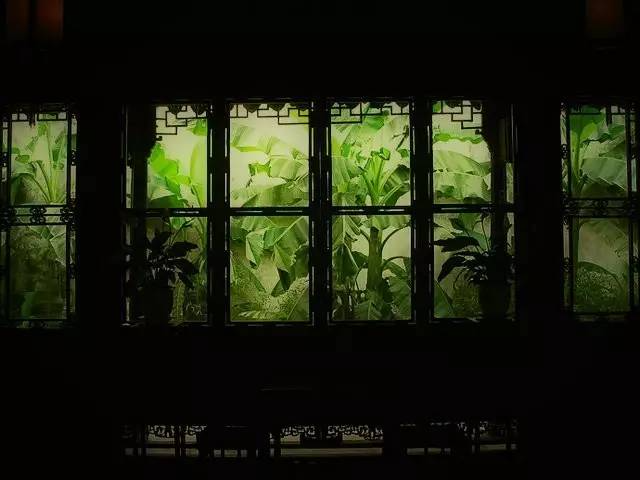
In garden art, plants are not only materials for greening, but also an important means of rendering the colorful environment. This is a manifestation of people's worship of the roots. Therefore, in the garden art that describes nature, its nature is required to be consistent with nature. The changes of the four seasons and the alternation of seasons give people the touch of visual and olfactory senses. This kind of seasonal changes in spring, summer, autumn and winter, and the changes in rain, snow, cloudy and sunny weather will change the artistic conception of the space and deeply affect people's feelings. The above factors often play an indirect role through flowers and trees. The artistic conception of listening to the sound of rain on the withered lotus leaves, the fun of supporting thousands of bamboo poles and moving bamboos as windows, and the appropriateness of the sudden warmth of the fragrance of flowers all make people feel comfortable and at ease .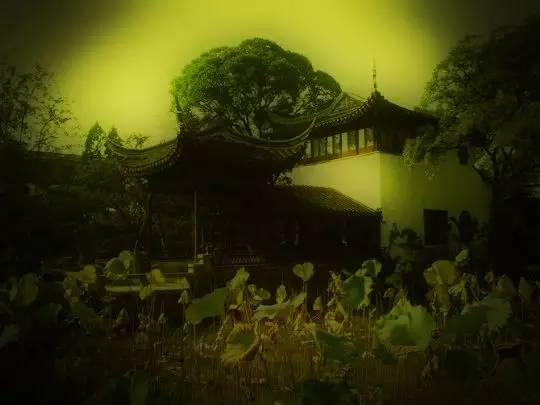
In private gardens of Ming and Qing Dynasties, emphasis was placed on expressing space and levels through plant arrangement. The mountains are taller than the trees, and tall trees and petite shrubs form different sight-blocking features, which, together with the strange and rugged mountains, serve to set off the mountain. Plants are arranged on the water surface to maintain the necessary lake and sky colors and the reflection of the Jiao Palace. On the water surface that does not hinder the beautiful reflection, some aquatic plants that win with flowers (usually lotus and water lily) can be arranged, but they should be scattered (lotus pots are often planted and placed in water to prevent them from spreading wantonly), and the colors should be coordinated. In the larger lakes, ponds, and creeks in the garden, aquatic plants such as cattails and reeds can be arranged according to their shapes, with different heights and a wild charm. The key to the deep pool is the shade of the surrounding bamboos and trees; and the waterfalls and cliffs should be planted with pine, maple, vines, etc., just like the vegetation on the cliffs. The arrangement of algae in the water is an effective means to achieve deep tranquility, and it can often be combined with fish farming to achieve comprehensive ecological benefits.
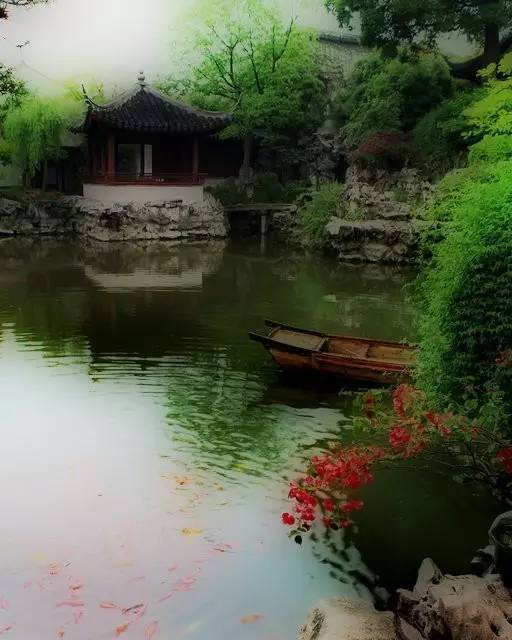
Appropriate plant configuration is the most flexible means of integrating natural space and architectural space. Garden creation harmonizes the relationship between architecture and its surrounding landscape through the combination of space and shape of plants and architecture, thus unifying the entire garden scene in the space of flowers and green willows, and achieving harmony between artificial beauty and natural beauty under the common theme.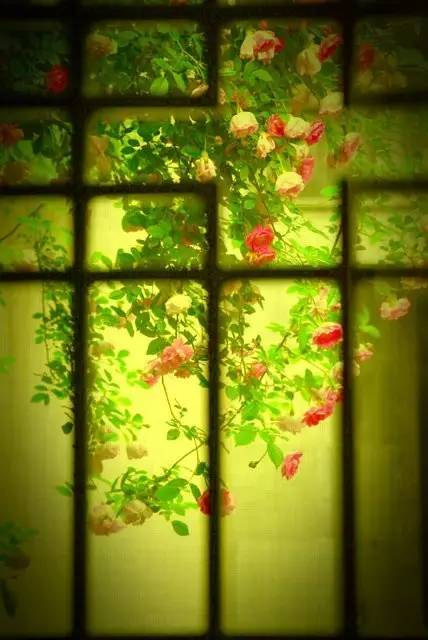
Buildings account for a large proportion of private gardens, and the arrangement of flowers and trees serves as a foil. The selection of tree species should be coordinated with the architectural style, and the tree shape and color should be carefully considered. If the corners of the house are upturned and the appearance is solemn, it is appropriate to use large trees, and the water pavilion corridor is matched with elm, willow and banana. In terms of color matching, maple trees are matched with white walls and black tiles, white pine, sycamore, and locust trees are matched with green onions to decorate the courtyard, and lake stones, green bamboo, plum, etc. become ink splashes on the white wall, which is interesting.
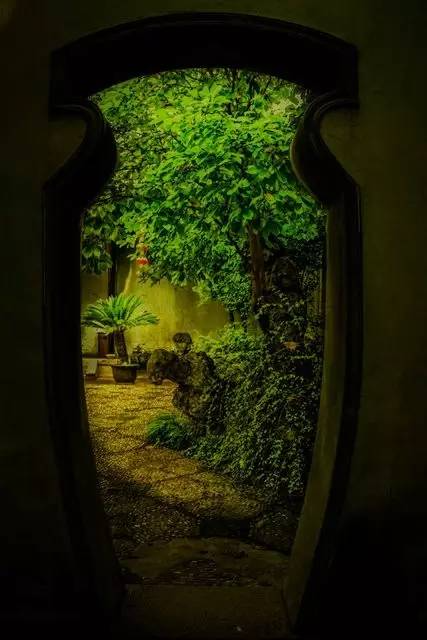
The plant configuration in private gardens of the Ming and Qing dynasties was mostly solitary or group planting. Flowers and trees served as embellishments in small courtyards, and solitary trees were placed in a corner of large courtyards, decorating the courtyards with their uprightness, vigor, simplicity, gracefulness, tangled roots or preciousness. In some cases, dense trees even play a major role in a limited space. For example, when buildings are sparse and scattered, so that they cannot effectively form an interface, densely planted trees can compensate for the shortcomings of the buildings and play a leading role in the limited space. The central scenic area of the Humble Administrator's Garden is such a case.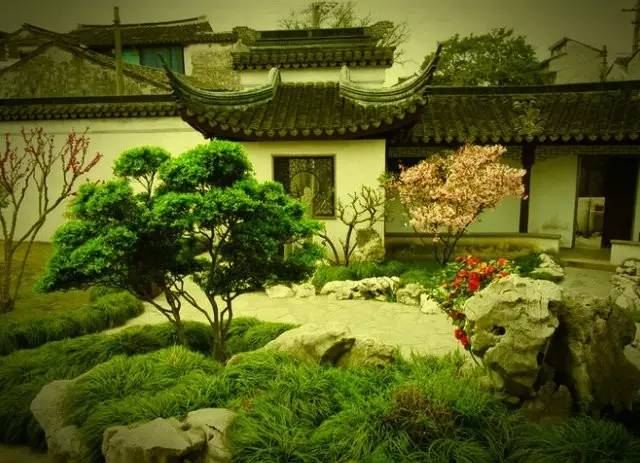
Although there are several buildings here, they are too far apart and appear sparse, and cannot effectively limit the space. Here, the lack of buildings is compensated by the dense trees. Trees with lush branches and leaves can also be used to compensate for the lack of a strong sense of space caused by insufficient interface height. For example, if the height of a building or rock is limited, it may cause a lack of space due to insufficient interface height. Widely planted and densely planted trees can form a sparse interface on the dense interface in the lower half, thereby effectively enhancing the sense of space.
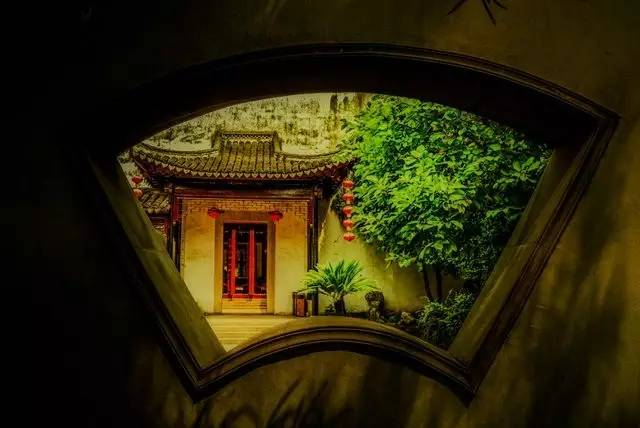
Classical gardens have limitations in terms of plant configuration
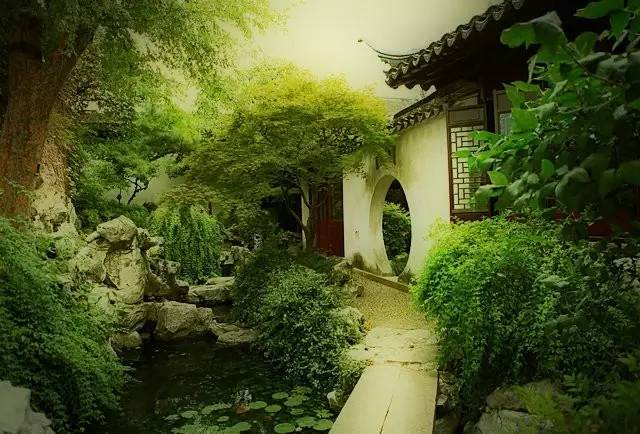
Plant configuration follows principle limitations
The plant landscaping of private gardens in the Ming and Qing dynasties placed great emphasis on the principle of artistry, which was largely influenced by the cultural background and aesthetic taste of the garden owners and garden designers. For modern garden designers, it is of great reference to explore its artistic and cultural connotations, combine it with the characteristics of the times, and apply it to modern design. However, the rapid change of the times has caused more and more problems in the gardening system. The rapid development of cities has brought about a series of ecological and environmental problems, which not only make people realize that plants have beautification and ornamental functions, but also see its environmental resource value, such as improving microclimate, maintaining water and soil, reducing noise, absorbing and decomposing pollutants, etc. The plant configuration of modern gardens requires designers to be people-oriented, combine multidisciplinary designs such as environmental psychology and environmental behavior, comprehensively consider its functions and benefits, and emphasize the combination of science and art.
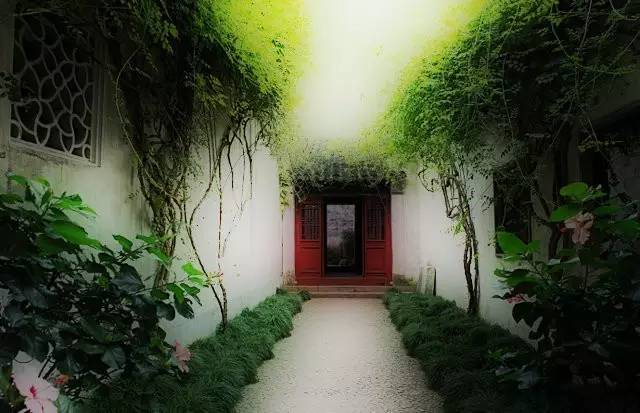
Plant arrangement techniques and formal deficiencies
The plant configuration style in private gardens of Ming and Qing dynasties is consistent with the overall garden style. Although it can make people imagine the natural beauty, it can no longer meet the aesthetic needs of modern people as people's aesthetic consciousness continues to change. The forms of plant configuration in private gardens of Ming and Qing dynasties include solitary planting, paired planting, and cluster planting. There are also some regular techniques that can be followed, such as shade of locust trees in the courtyard, bamboos moved as windows, and plum trees planted around the house. Its limitations are reflected in the trend of diversified forms of plant configuration in modern gardens. The update of modern garden design techniques and the diversity of plant material selection, the combination of plane and vertical space, and the three-dimensional matching of trees, shrubs, and herbs have given garden plants more carriers and functions.
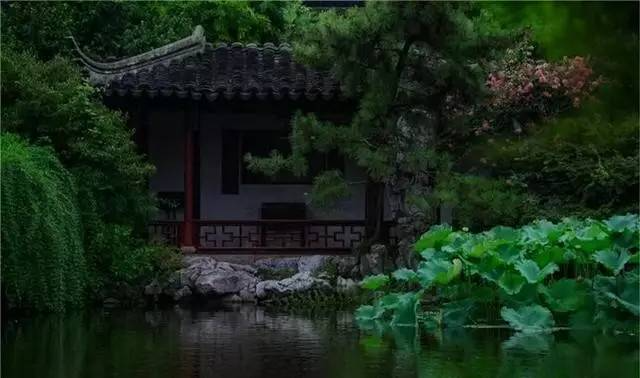
Plant Frontier (ID:pl-frontier)
People who study are here